- News
- Reviews
- Bikes
- Accessories
- Accessories - misc
- Computer mounts
- Bags
- Bar ends
- Bike bags & cases
- Bottle cages
- Bottles
- Cameras
- Car racks
- Child seats
- Computers
- Glasses
- GPS units
- Helmets
- Lights - front
- Lights - rear
- Lights - sets
- Locks
- Mirrors
- Mudguards
- Racks
- Pumps & CO2 inflators
- Puncture kits
- Reflectives
- Smart watches
- Stands and racks
- Trailers
- Clothing
- Components
- Bar tape & grips
- Bottom brackets
- Brake & gear cables
- Brake & STI levers
- Brake pads & spares
- Brakes
- Cassettes & freewheels
- Chains
- Chainsets & chainrings
- Derailleurs - front
- Derailleurs - rear
- Forks
- Gear levers & shifters
- Groupsets
- Handlebars & extensions
- Headsets
- Hubs
- Inner tubes
- Pedals
- Quick releases & skewers
- Saddles
- Seatposts
- Stems
- Wheels
- Tyres
- Health, fitness and nutrition
- Tools and workshop
- Miscellaneous
- Cross country mountain bikes
- Tubeless valves
- Buyers Guides
- Features
- Forum
- Recommends
- Podcast
review
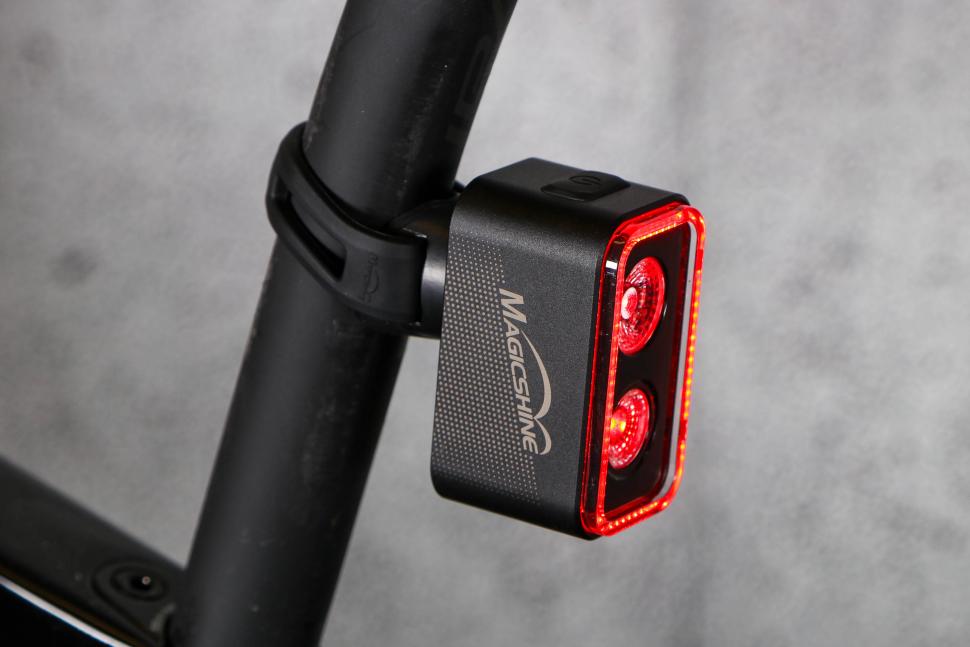 Magicshine SeeMee 300 Smart Tail Light
Magicshine SeeMee 300 Smart Tail Light£48.99
VERDICT:
A few niggles here and there, but a bright light with some clever functions
Downward-pointing OptiTracing light gives added illumination
Good run-times
Mount fits all shapes of seatpost
Light sensor isn't very reactive
Weight:
78g
Contact:
At road.cc every product is thoroughly tested for as long as it takes to get a proper insight into how well it works. Our reviewers are experienced cyclists that we trust to be objective. While we strive to ensure that opinions expressed are backed up by facts, reviews are by their nature an informed opinion, not a definitive verdict. We don't intentionally try to break anything (except locks) but we do try to look for weak points in any design. The overall score is not just an average of the other scores: it reflects both a product's function and value – with value determined by how a product compares with items of similar spec, quality, and price.
What the road.cc scores meanGood scores are more common than bad, because fortunately good products are more common than bad.
- Exceptional
- Excellent
- Very Good
- Good
- Quite good
- Average
- Not so good
- Poor
- Bad
- Appalling
The Magicshine SeeMee 300 Smart Tail Light is a clever design with plenty of options and neat little details, all for not a lot of money. Don't get fooled by the heady lumen count, though – it's not as bright as you might think.
For more options, check out our guide to the best rear bike lights.
> Buy now: Magicshine SeeMee 300 Smart Tail Light for £39.99 from Magicshine
Having used many Magicshine front lights over the years, I would describe its lumen claims as, shall we say, optimistic.
The SeeMee 300 is so named because Magicshine states that the two main LEDs put out a combined 300 lumens, although in the majority of the modes you are using much less than that.
In the brightest modes of High and Smart (night) the SeeMee is rated at 100 lumens, and by a simple shine against the wall kind of test it outputs pretty much exactly the same as my Hope District Plus, which has a measured output of 105 lumens.
Smart
Like everything else 'smart' in our lives, in theory at least, the SeeMee 300 should make your life easier, and it kind of does. You use the single button to scroll through Low/High/Flash/Group Ride to arrive at Smart, a mode that uses a sensor to monitor ambient lighting levels and adjust the light's brightness accordingly.
In this Smart mode it flashes at 300 lumens during the day, with the OptiTracing light (more about that in a minute) turned off, and when it deems it dark enough the SeeMee switches to a 100/20-lumen flash plus the OptiTracing light on a static 60 lumens. All very clever.
And the light has a memory function too, so that when you turn it off and back on again it does so in the same mode, so in theory you shouldn't need to change anything.
It also has a brake light function (which increases the brightness of the light as you slow down to a stop). When that's turned on, the light will turn off when the bike hasn't moved for five minutes, and turn back on again once it does, so you're basically getting autonomous functionality.
The only thing I did find a bit annoying was that the light sensor isn't very responsive, with only the brightest of sunny days getting it to kick into its brighter 'day' modes.
OptiTracing
Each of the modes mentioned above has both a day and night mode controlled by the light sensor, although Smart is the only setting that changes actual brightness; all the others just get the addition of the OptiTracing light in the dark.
This is an LED mounted in the bottom of the SeeMee 300 that lights up the rear half of the bike and the road around you. I also found that it illuminates your lower legs and shoes too, so defines you as a cyclist from a long way behind, possibly even before a following vehicle's own lights have lit you up.
If the main LEDs and the COB static lights around the outside are on a static mode, like Low and High, the OptiTracing is flashing, and if they're flashing then the OptiTracing is on constant.
In my opinion the Smart (night) mode is the best: the main LEDs give out a solid 20 lumens, with a 100-lumen pulse over the top, plus the OptiTracing light on constant, outputting 60 lumens. This creates a package that is both eye-catching and reasonably frugal on battery life, with a burn-time of around six hours. For use in the dark, even in the gloom of a winter's day, 100 lumens is plenty bright enough – anything else is anti-social for those following you.
For reference, the other modes in the 'day' settings give 35hrs in Smart with its 300-lumen flash, 200hrs in Group Ride (20-lumen flash), 45hrs Flash (100 lumens), 8hrs High (100 lumens constant), and 60hrs Low (20 lumens constant).
Add in that OptiTracing light for the night settings and the run-times drop quite considerably, especially those where it is on constant not flashing. Low drops to 40hrs, High 6hrs, Flash 7hrs, and Group Ride drops by 75% to 50hrs.
With the sensor not working effectively, that means you are giving away quite a bit of battery life when using it in the daytime.
I would prefer it to not have the sensor at all, really, and just have the option to turn the OptiTracing light on and off.
Battery life & charging
The on/off button acts as an indicator for how much battery life there is left, but it's not the most helpful. It starts off green and remains that way until the reserves drop to 21%, which is a bit too large a gap in my opinion, especially if you are heading out on a ride and you don't know how much battery life there is to start with. I'd like to see an amber light come into play at around the 50% level.
As it is, at 20% it changes to solid red, before turning into a flashing red at 10%, where the light slips into low power Eco mode, limiting output and disabling the brake function.
A full charge via USB-C can take as little as two hours when plugged into the mains.
Build quality
Apart from the light sensor not being the best, the functionality is pretty good, and I don't really have any complaints about the build quality either.
The main body is aluminium rather than plastic, and everything feels finished to a good standard. It also has an IPX6 rating which means it can resist power jets of water from any direction, so in the real world that means the SeeMee is going to resist heavy rain, splashes, and spray from the road.
I gave it a proper soaking from the bathroom shower too and it passed with flying colours.
Mount
The mount is a rubber band affair that works fine for a rear light. The rubber section will adapt to any seatpost shape and the notches in the rubber band mean you can wrap it around various diameter tubes or posts.
The mount is also shaped to offset the angle of your seatpost.
Value
At £48.99 the Magicshine is well priced too (and it's currently discounted to £38). Other responsive lights can be double that – Exposure's Boost-R with ReAKT and Peloton is now £100, though it is a very impressive option, offering 150 lumens as a brake light using the ReAKT setting, and up to 80 lumens in other modes, and the Peloton mode means it adjusts its brightness when it detects other riders' lights behind you... and it has very impressive run-times.
If it's maximum output you're after and you're not fussed about the smart features of the SeeMee 300, Cateye offers the Viz 300 rear light for £39.99. It doesn't have any smart features and it has an all-plastic construction, but Steve was impressed with the output.
BBB's SignalBrake Auto Brake has a built-in brake function, in case you hadn't worked that out from the name, and is also cheaper than the SeeMee 300 at £36.95, but its actual power outputs are very low in comparison, maxing out at 50 lumens. It does have an impressive IPX7 water resistance rating, though. (We reviewed it in 2022.)
Conclusion
There are a few niggles here and there, but overall this is an impressive light when it comes to output and battery life. I really like that OptiTracing light too, and I'd be keen to see it offered by other brands too. For the price, I can even forgive it those slight issues with the light sensor.
Verdict
A few niggles here and there, but a bright light with some clever functions
road.cc test report
Make and model: Magicshine SeeMee 300 Smart tail light
Size tested: 300 lumens
Tell us what the light is for, and who it's aimed at. What do the manufacturers say about it? How does that compare to your own feelings about it?
Magicshine says, "SEEMEE 300 brings you all-around visibility and keeps you safer in road traffic with its Opti-Tracing light."
I think it is a clever design on the whole, and the OptiTracing Light adds to your visibility.
Tell us some more about the technical aspects of the light?
√ Max Output: 300 lumens
√ OptiTracing Light: 360°
√ Visibility Angle: 260°
√ Battery Source: 3.7V 1600mAh
√ Max Runtime: 200 hours
√ Housing Material: Aluminum alloy
√ Waterproof: IPX6
Rate the light for quality of construction:
8/10
Rate the light for design and ease of use. How simple was the light to use?
8/10
Rate the light for the design and usability of the clamping system/s
8/10
Rate the light for waterproofing. How did it stand up to the elements?
8/10
Rate the light for battery life. How long did it last? How long did it take to recharge?
8/10
Rate the light for performance:
7/10
Rate the light for durability:
8/10
Rate the light for weight:
8/10
Rate the light for value:
7/10
Tell us how the light performed overall when used for its designed purpose
It's a simple light to set up and use, and the OptiTracing light is particularly good.
Tell us what you particularly liked about the light
The OptiTracing light.
Tell us what you particularly disliked about the light
Light sensor is a niggle.
How does the price compare to that of similar products in the market, including ones recently tested on road.cc?
For all of its capabilities I'd say that the SeeMee 300 is well priced against any rivals.
Did you enjoy using the light? Yes
Would you consider buying the light? Yes
Would you recommend the light to a friend? Yes
Use this box to explain your overall score
The light sensor is a niggle, but only a minor one. Aside from that it's a good light with a decent selection of modes and brightnesses, and its build quality is impressive, and the price boosts it to very good/8 overall.
About the tester
Age: 44
I usually ride: This month's test bike My best bike is: B'Twin Ultra CF draped in the latest bling test components
I've been riding for: Over 20 years I ride: Every day I would class myself as: Expert
I regularly do the following types of riding: time trialling, commuting, club rides, sportives, fixed/singlespeed,
Since writing his first bike review for road.cc back in early 2009 senior product reviewer Stu has tested more than a thousand pieces of kit, and hundreds of bikes.
With an HND in mechanical engineering and previous roles as a CNC programmer/machinist, draughtsman and development engineer (working in new product design) Stu understands what it takes to bring a product to market. A mix of that knowledge combined with his love of road and gravel cycling puts him in the ideal position to put the latest kit through its paces.
He first made the switch to road cycling in 1999, primarily for fitness, but it didn’t take long for his competitive side to take over which led to around ten years as a time triallist and some pretty decent results. These days though riding is more about escapism, keeping the weight off and just enjoying the fact that he gets to ride the latest technology as part of his day job.
Latest Comments
- Terry Hutt 1 hour 37 min ago
Those models aren't miserable etc. They're hungry.
- Hirsute 6 hours 6 min ago
This can work - might need longer bolts. https://www.sjscycles.co.uk/lighting-spares/madison-universal-light-moun...
- Bungle_52 8 hours 44 min ago
This was a failure to give way at a roundabout so although it was relatively straightforward to anticipate and avoid there is traffic law to...
- chrisonabike 8 hours 52 min ago
Ah - I have now read Wikipedia on loons, and perhaps I can understand their objections:...
- wtjs 10 hours 4 min ago
she questioned what Police Scotland is doing to "deter dangerous driving and protect cyclists"...
- wtjs 10 hours 14 min ago
I've got a few reports coming up to one year where I've been told that they will take action but I don't know what action yet. I'll let you know...
- chrisonabike 10 hours 27 min ago
I feel Flintshire Lad's response - "A LABOUR councillor (candidate)!"...
- stonojnr 12 hours 46 min ago
I'm not sure the UCI worlds are on the protected sports list, as surely CX & MTB would be shown too, the Beeb probably just acquire it as part...
- bikeman01 13 hours 27 min ago
Re-deployed on Twitter duty?
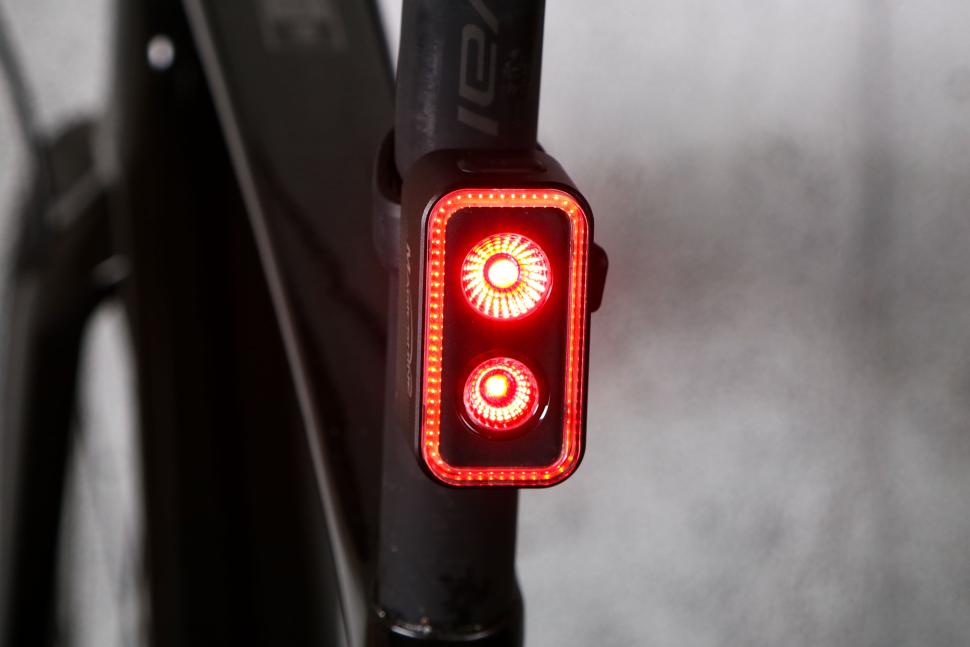












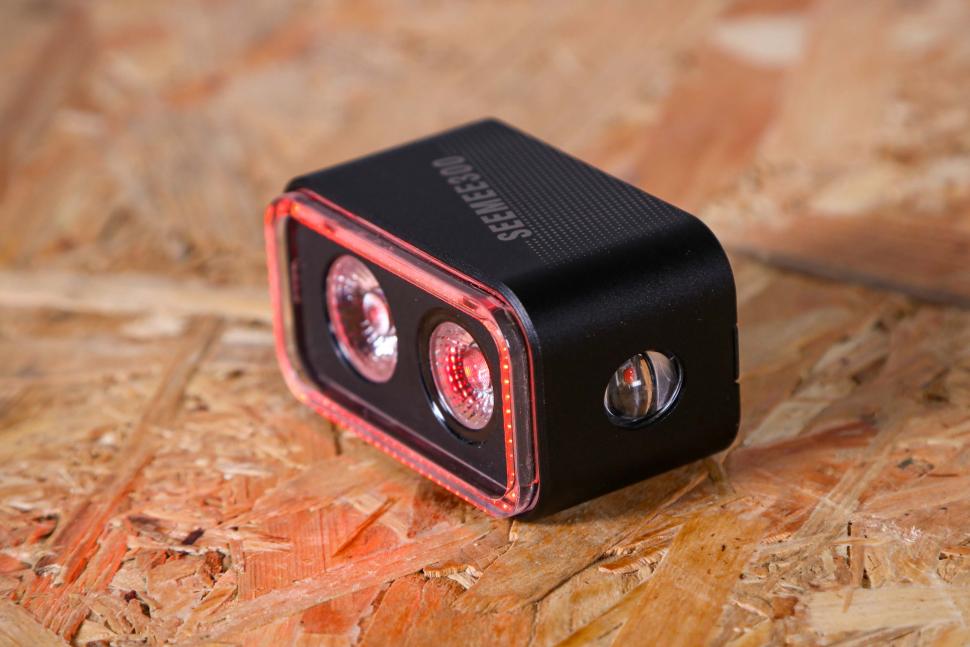
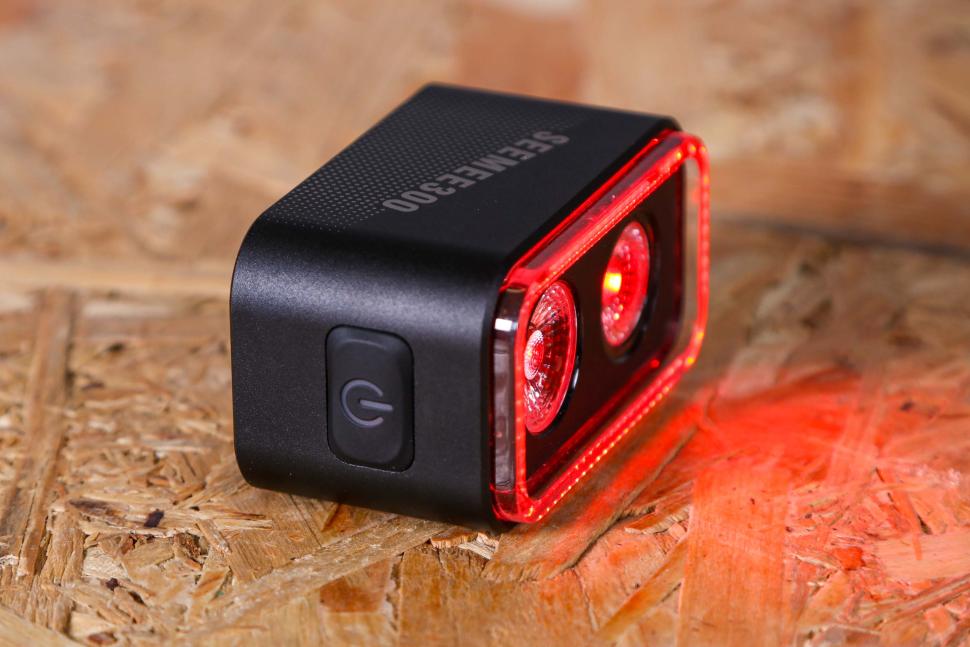
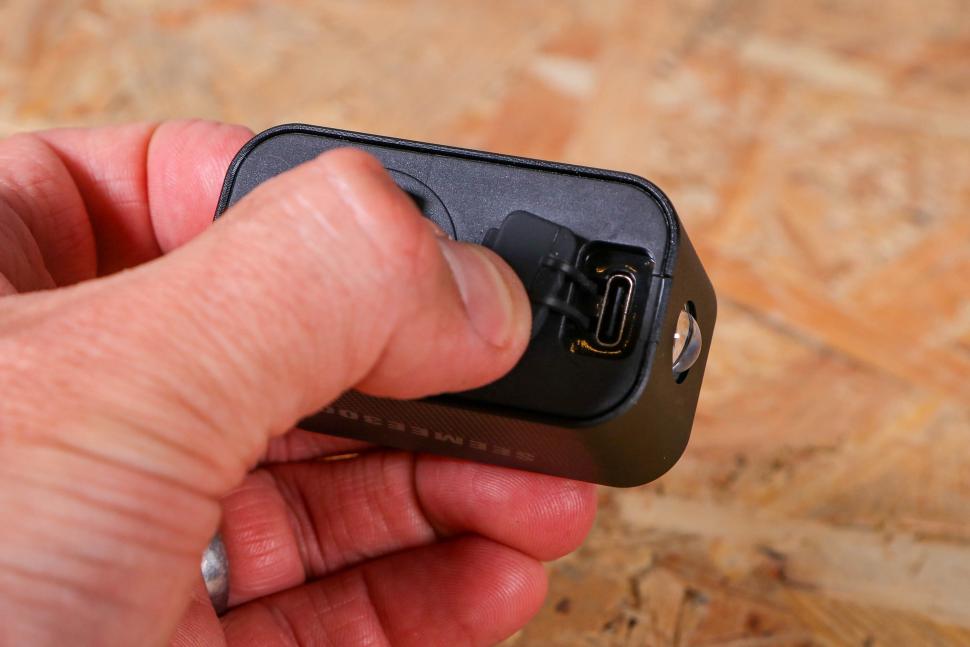

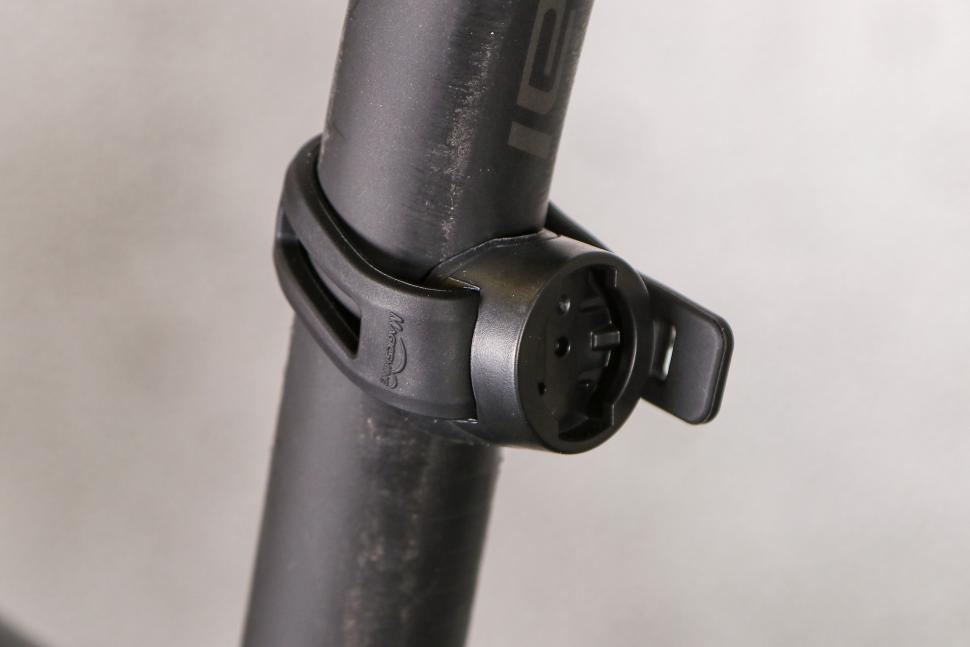
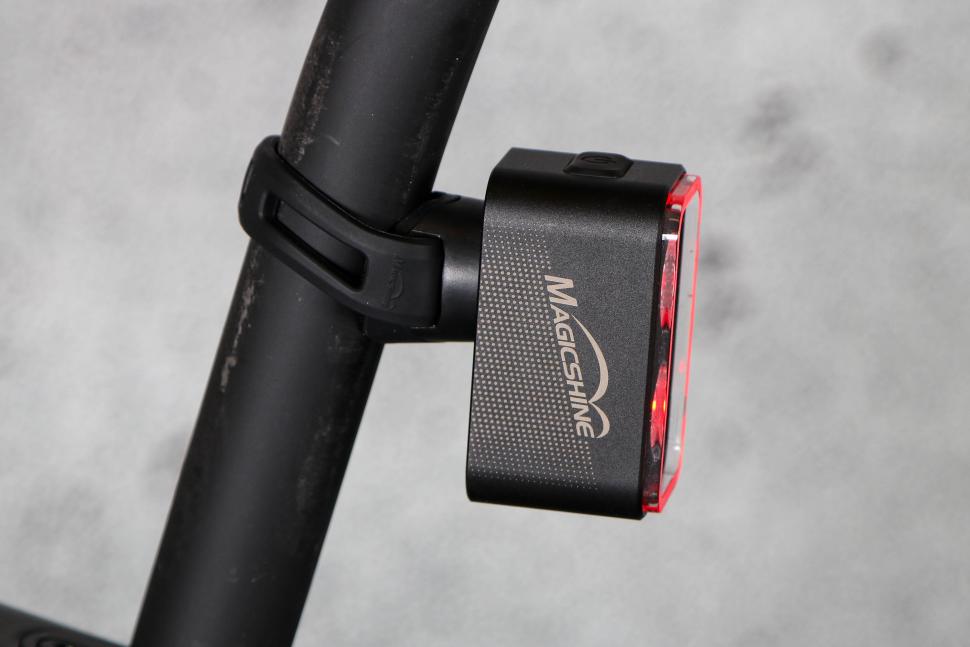
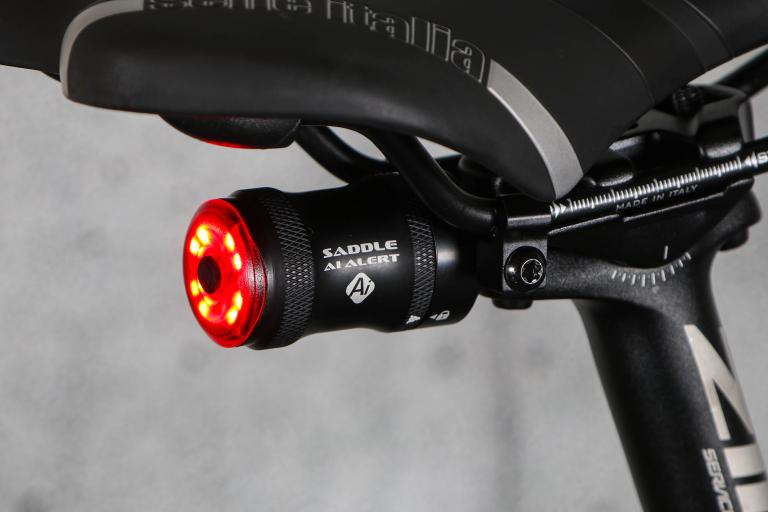
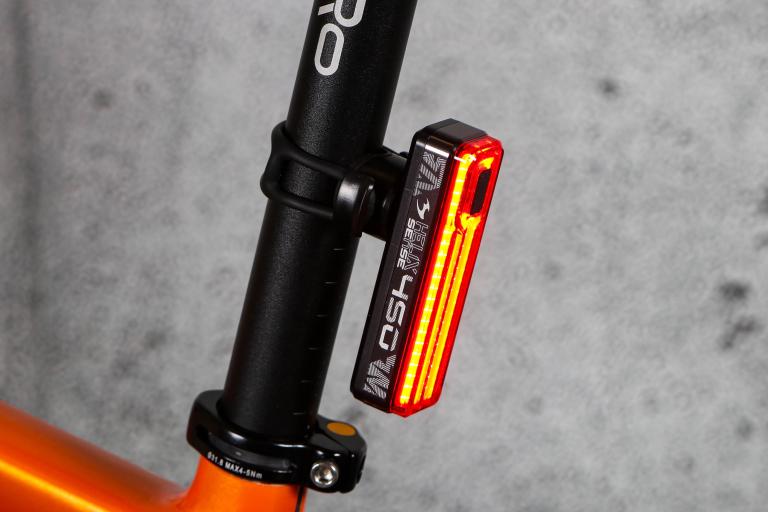
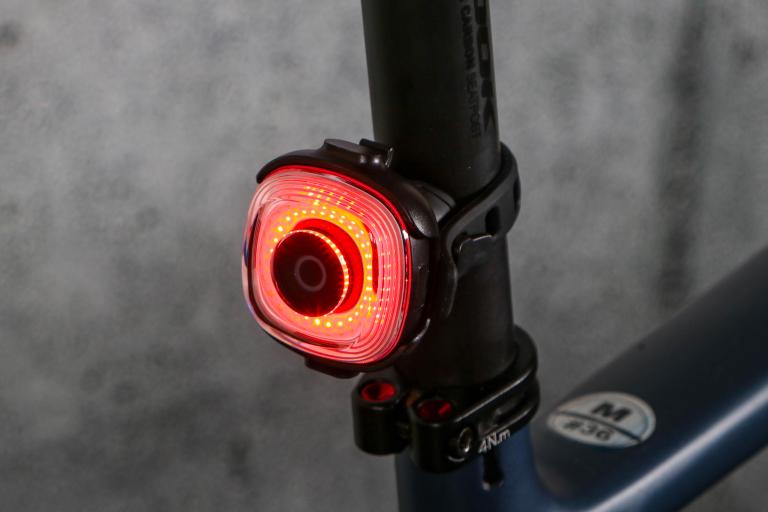
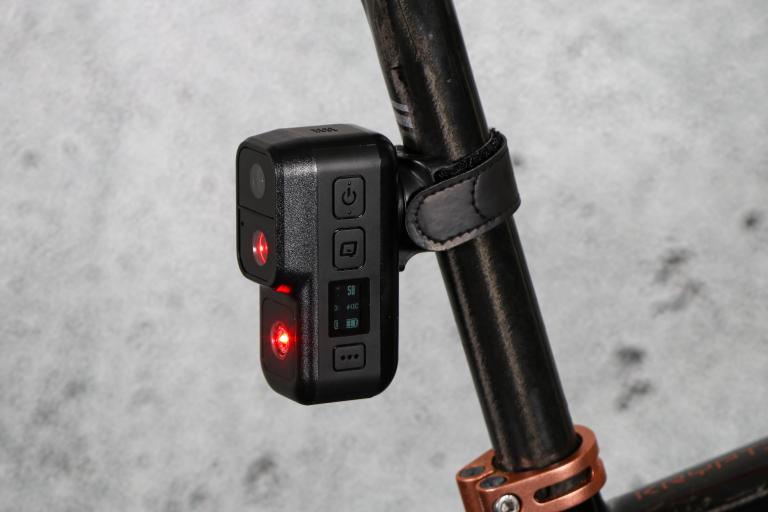
Add new comment
3 comments
I have various Magicshine lights. They always "look" good however always seem to fail massively on a few really important fronts :
Ultimately I would stress people stay away from these lights and get a "regular" brand ( Cateye, Lezyne etc...)
FWIW I have got a few of the Allty front lights (400/600 flavours) and a SeeMe20 rear. I did have my 600 die on me which they replaced no-quibbles. Not had a problem with the mounts which we use on my wife's and kids' bikes (use the Garmin out front on my own bike) although those are road only duty. The rear is really neat - pretty bright and I like the flash modes which keep some of the light on whilst some of it flashes - the long press to switch on and off is hard to judge and sometimes just ends up changing modes instead which is a minor annoyance.
A photo of the OptiTracing functionality would be good.